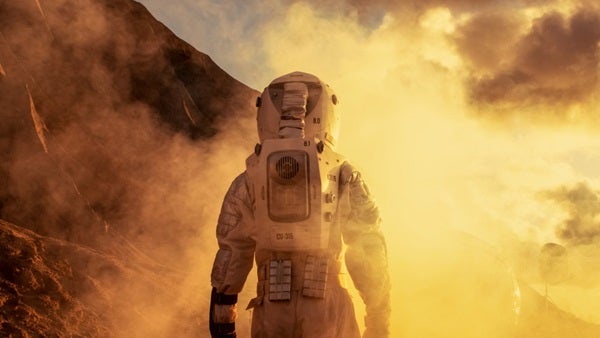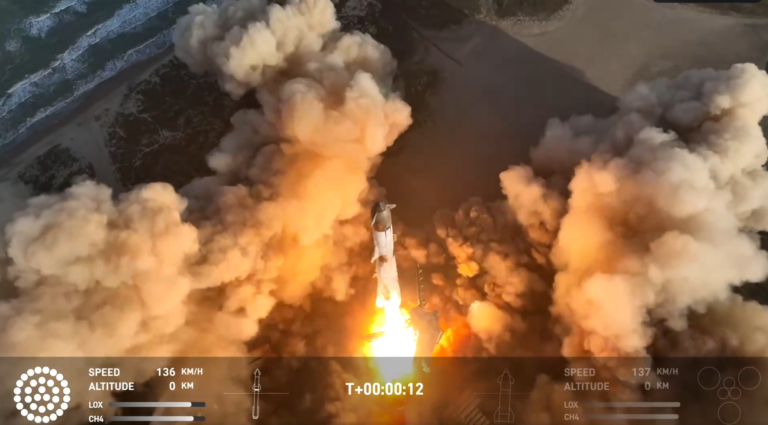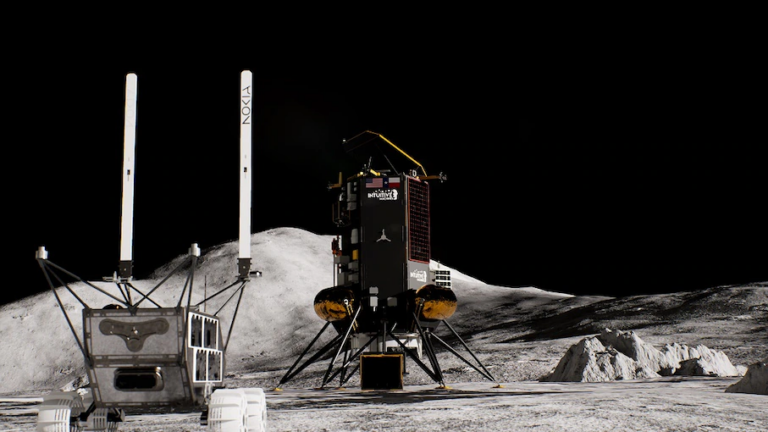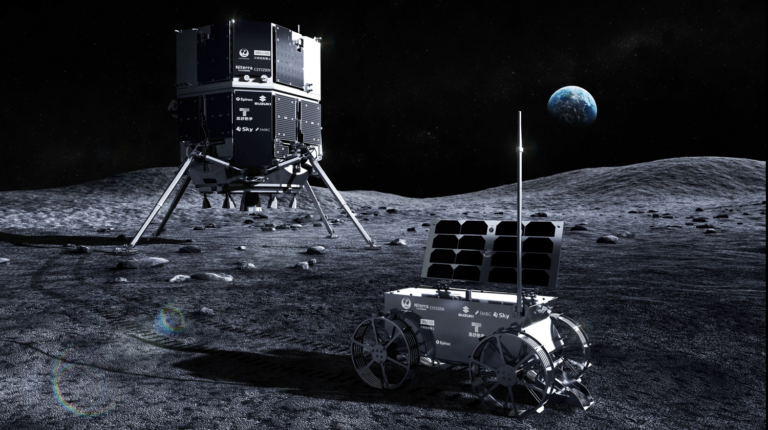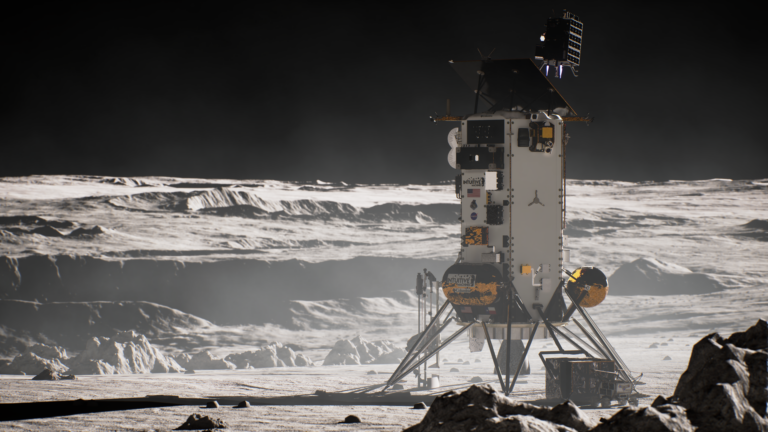Researchers at Georgetown University Medical Center (GUMC) have exposed mice to radiation to simulate how galactic cosmic radiation (GCR) in deep-space will affect future astronauts. Their results suggest that the radiation could cause serious GI damage. Their study even raises concerns about how this radiation could possibly cause stomach and colon tumor growth.
“Space radiation is different from radiation on Earth,” says Kamal Datta, an associate professor in the Department of Biochemistry and a project leader of the NASA Specialized Center of Research (NSCOR) at GUMC. Currently, “what we don’t know is how space radiation affects the gastrointestinal tract,” Datta adds. And overall, he says our understanding of how cosmic radiation affects astronaut health is “unknown territory.”
Astronaut Guts
To simulate the deep-space radiation astronauts might experience, researchers exposed mice to short bursts of a low dose of ionizing radiation at the Nasa Space Radiation Laboratory (NSRL). Researchers compared these mice to mice exposed to gamma rays, which are comparable to X-rays, according to a statement. Alongside a third, control group, researchers monitored the mice following exposure and found that mice in the radiation group, or the mice exposed to radiation comparable to what astronauts might experience, formed cancerous growths and weren’t able to absorb nutrients properly.
Additionally, the research team found that the mice exposed to radiation produced more senescent cells, which are a type of cell incapable of regular cell division. These cells can slow down the replacement of GI cells, therefore slowing down GI function, cause oxidative stress and even cause serious GI damage.
This harm caused by the radiation appeared to be permanent, according to the statement.
Risks to Astronauts
Once they understand the risk better, Datta said, “the goal is to develop protection measures whether we can test some drug or medicine that can prevent all the changes we observe.”
This work was published Oct. 1, 2018, in the Proceedings of the National Academy of Sciences (PNAS).
This article originally appeared on Discovermagazine.com.
Editor’s Note: This story has been updated to clarify language. An earlier version of this story referred to “iron radiation.” The particles being studied are charged iron nuclei that reach our solar system from deep space.

